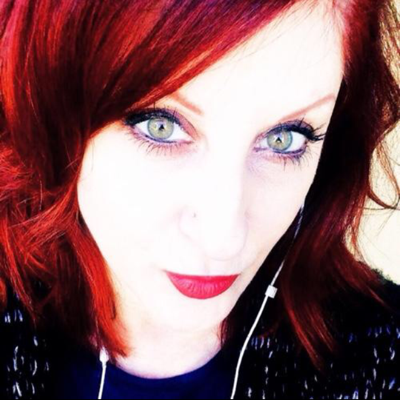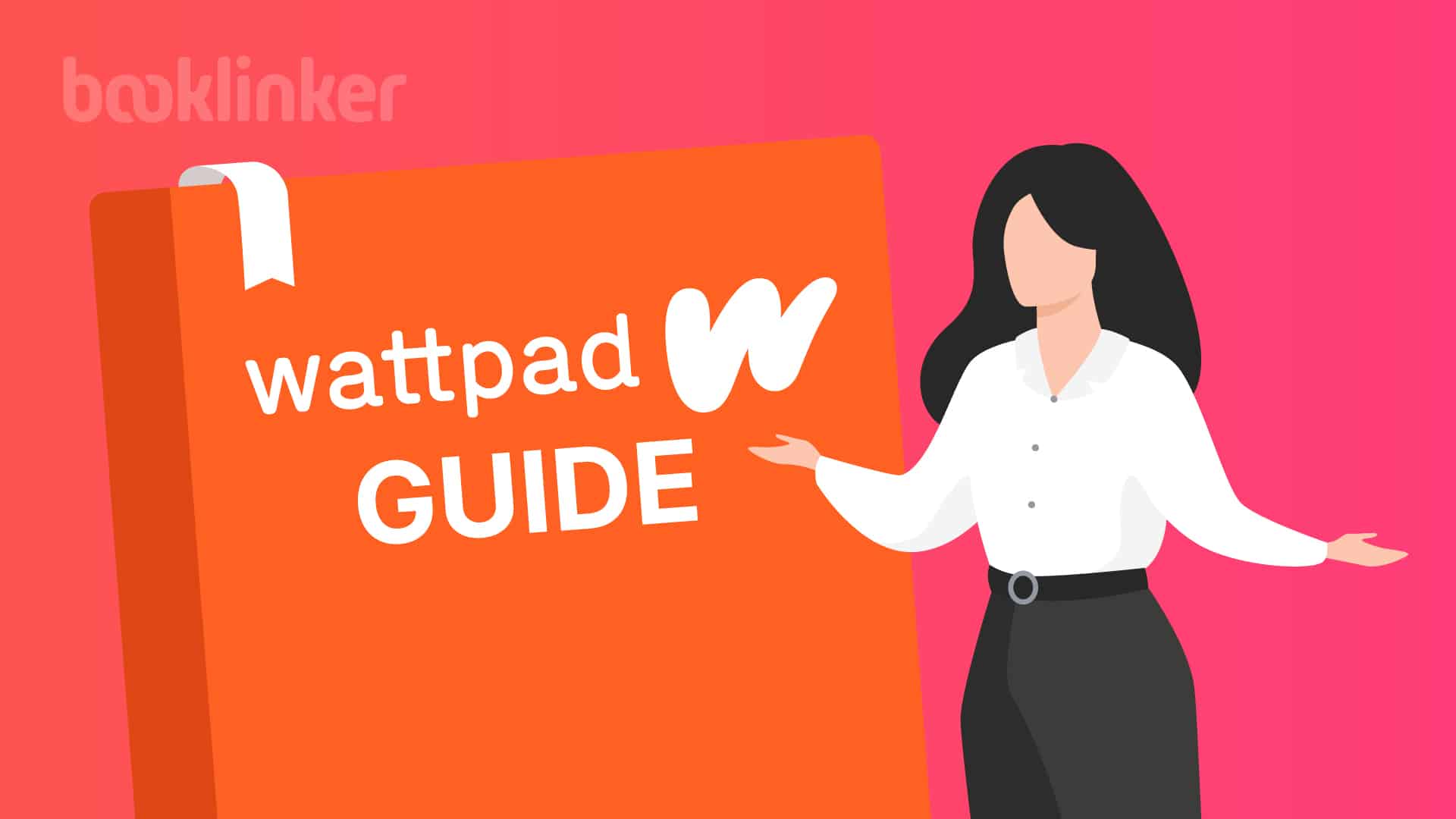As a self-published author, marketing your book now becomes a full-time job.
If you don’t have much marketing experience, the idea of doing it all yourself can be daunting.
Without a proper book marketing strategy, your book won’t stand out from the other 4,700 other books that are released every single day.
Even if you left it to the passive word of mouth, the amount of time it would take to reach a critical mass of readers could be years. While I’m sure you’re ok with playing the long game, we want results quicker than that, and that’s where book marketing comes in.
That’s why we’ve assembled this guide, with the help of Rachel Thompson from BadRedHeadMedia as the ultimate starting point for creating your own book marketing plan.
This guide is for authors who already have published a book but need guidance on how to further market it.
If you’re interested in our guide to a successful book launch, then stay tuned as we’ll be releasing that guide shortly.
We’ve split this guide up into three main sections, allowing you to follow it step by step, wherever you’re at in your book publishing journey.
Without further ado, let’s jump right into the first step.
Table of Contents
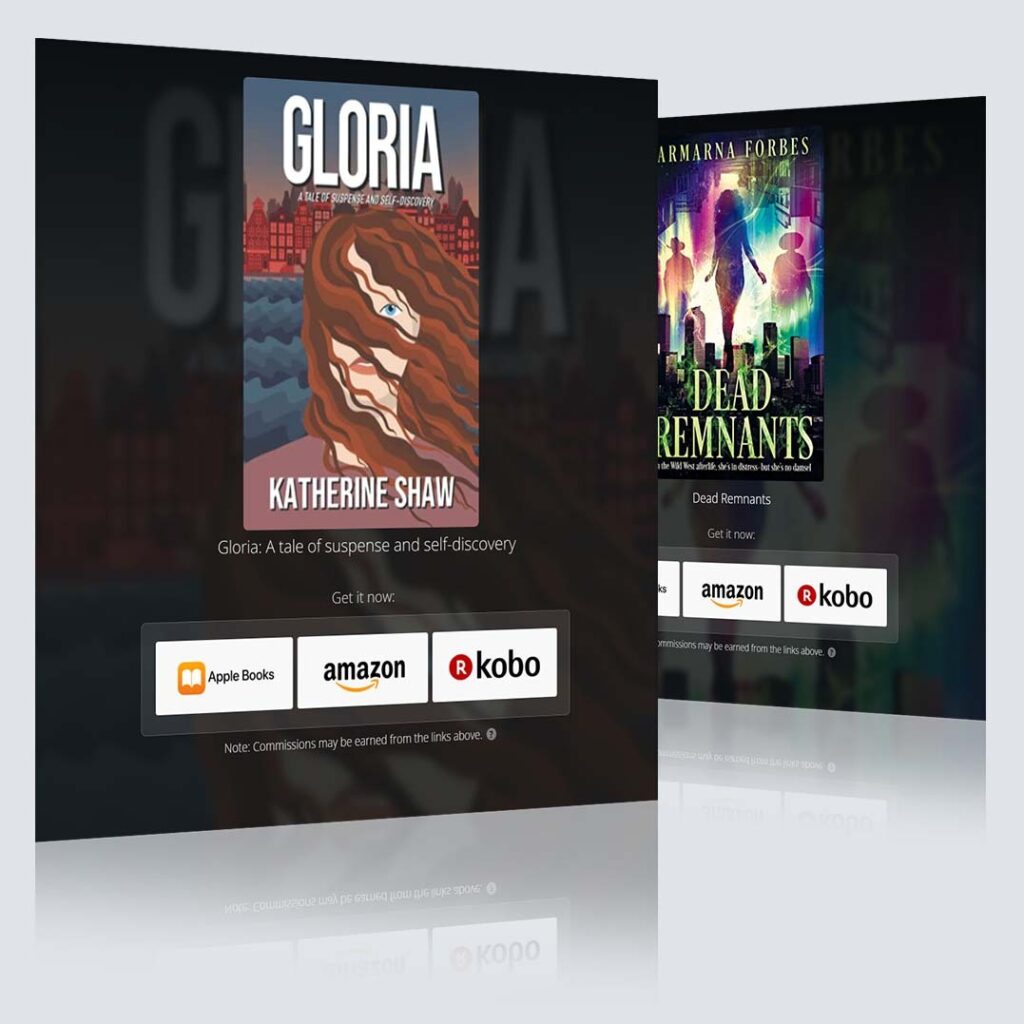
Free Universal Book Links
- Boost international sales by geotargeting readers
- Book store links update automatically based on availability
- Advanced marketing analytics
- Increase clicks with trusted links
Step 1: Market Research
There is a famous quote by Abraham Lincoln that goes as follows,
“If I only had an hour to chop down a tree, I would spend the first 45 minutes sharpening my axe.”
Marketing a book is pretty similar to chopping down a tree.
Without taking the time to plan ahead to research and plan, you’re going to be figuring things out as you go, and that’s no way to succeed in this industry.
Identify Where Your Audience “Lives”
Before you start out with any sort of marketing, you first need to find out where your readers spend their time.
Just because “everyone” is on Facebook, doesn’t mean that the platform is the best use of your marketing efforts. If you’re writing teen romance, Tiktok and Instagram are going to be much more fruitful platforms than Facebook.
Take some time to study the different platforms and understand their demographics.
Here are two articles we found helpful for doing so:
These articles are great starting points, however speaking with other authors and hearing their views can help build on top of this knowledge.
Study Marketing Trends
Another step you’d want to take before doing any marketing at all is brushing up on your marketing knowledge. Some blogs that we recommend to learn more about marketing are:
While these blogs are just about general marketing, you should certainly be able to extrapolate the knowledge from them into book marketing.
If you’re set on reading blogs specifically related to book marketing, we recommend:
Consider a Consulting Service
For authors that have extra cash, a consulting service could be a great starting point for your book marketing.
These aren’t cheap, and finding the right fit can be tough, but can really set you up for success.
Some services that we’d recommend are:
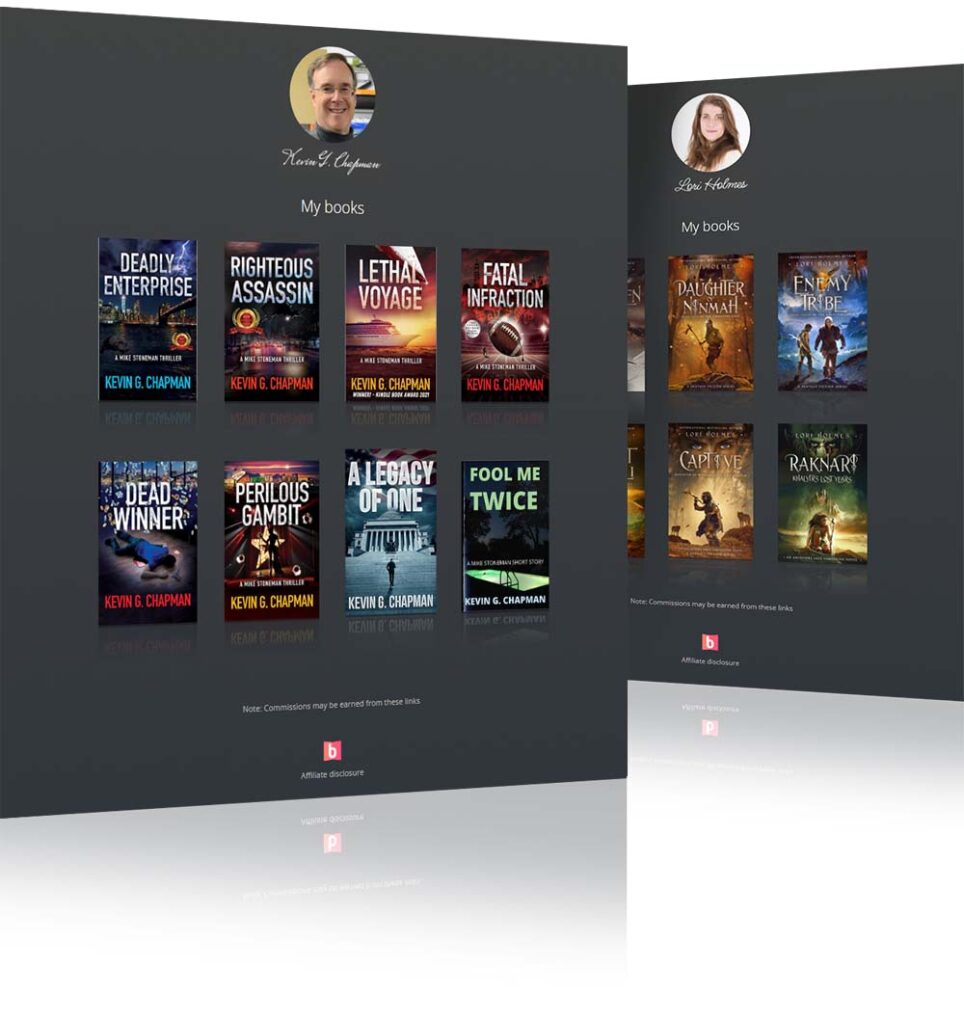
Introducing: Booklinker Collections
One landing page for all your books. 100% free.
One link for easy sharing of your books across your backmatter, websites, emails, and social media.
Step 2: Author Marketing
Now that we’ve got a strong foundation and our axe sharpened, it’s time to dive into the different marketing options you have as an author.
If you study any successful author, they reached their level by building out an “author platform.”
An author platform is a series of connection points that an author builds with their readers.
For example, Rachel has multiple touchpoints for her readers. She has an active Twitter profile with weekly Twitter spaces, a personal website, Facebook Author Profile, an active email list + freebie, and more!
Consistency is one of the most important aspects of a successful author platform.
If one of your marketing platforms appears inactive, it can turn potential readers away.
So, it’s better to do five marketing platforms well than to do ten mediocre ones.
Let’s jump into some of the different ways you can connect to your audience as an author.
Personal Websites for Authors
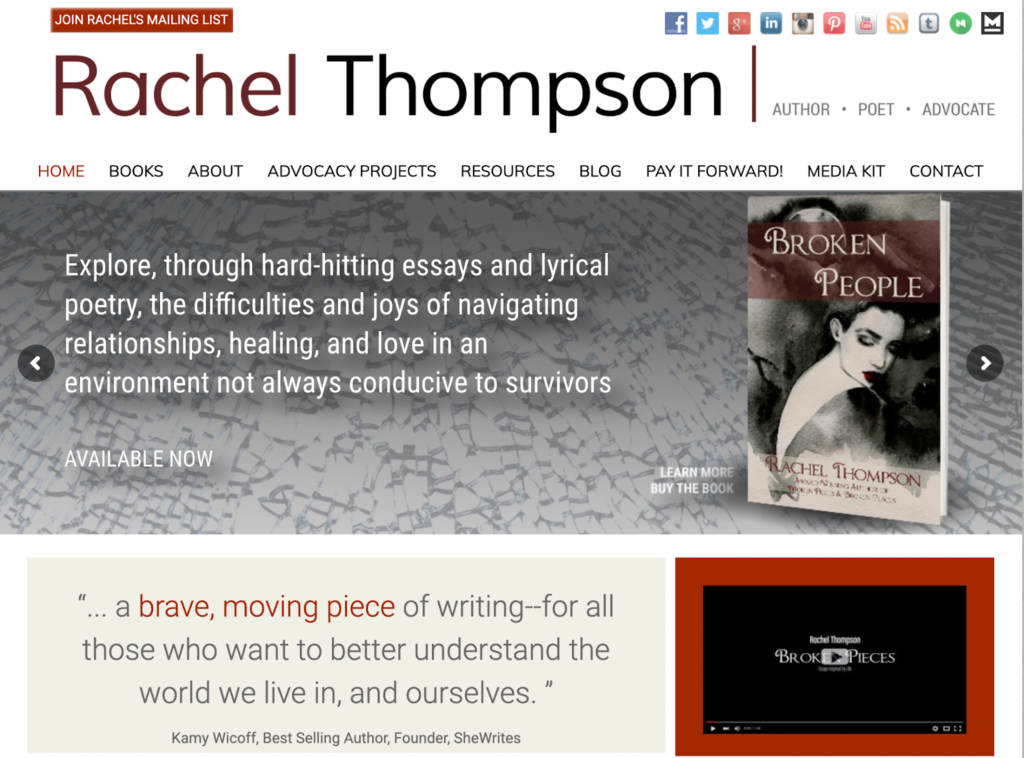
According to Rachel, every single author should have a personal website of their own. A personal website gives you complete control over your online presence.
You’re no longer at the whims of social media algorithms or ad platforms. On your personal website, you can list all of your work, link to all your platforms, provide lead magnets to your audience, and so much more.
When it comes to creating a personal author website, WordPress makes it super simple for anyone to create a website of their own. If you’re looking to pay for a website to be built, AuthorBytes is a popular service.
If you’re going through the trouble of putting up a website, you may want to consider a blogging strategy.
By putting up high-value content on your blog relevant to your genre, you can receive passive traffic from people searching relevant keywords. This strategy isn’t for everyone but can lead to lots of traffic in the long run.
Email Marketing For Authors
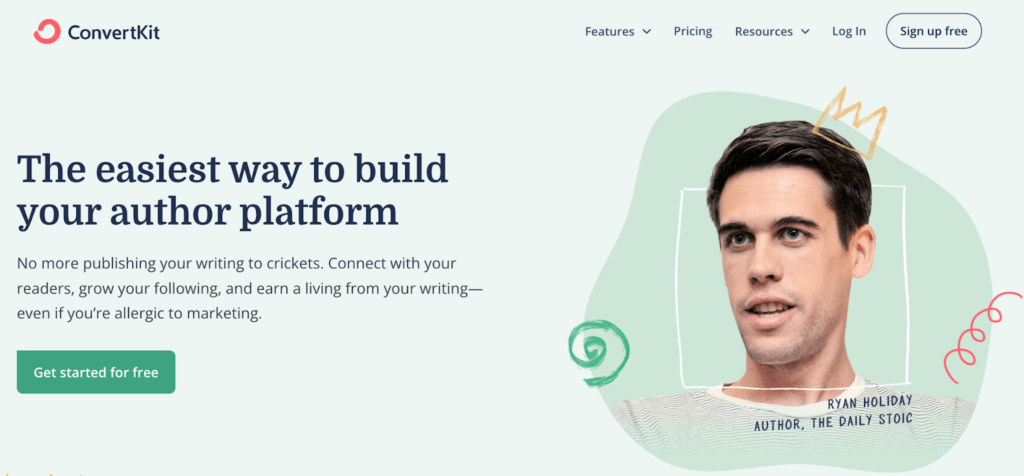
On a similar note as personal websites, every single author should have an email list of their own.
Email lists allow authors to touch base with their fans as frequently as they’d like, with whatever content they desire. On this list, you can notify book launches, announce price promotions, utilize email list swaps, and so much more.
Some author email marketing providers you might want to look into are ConvertKit, Substack, and MailerLite.
All three of these email marketing services have some form of free version, allowing you to grow and nurture your email list without paying a dime!
Social Media for Authors
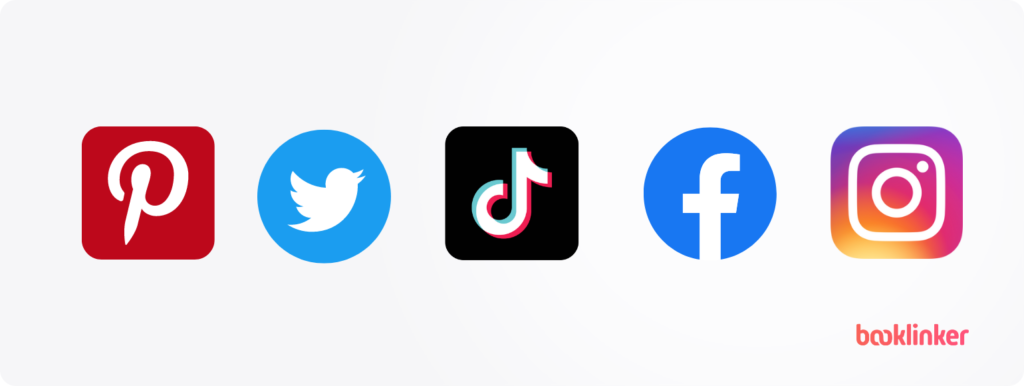
In 2023, social media is a necessity for authors to reach and retain their following.
Social media is the ultimate way for authors to build relationships with their fans and attract new ones, passively.
Without a social media presence you can run as many ads as you’d like, but if readers aren’t sticking around it can be tough to build any meaningful audience.
Authors can find success on all social media platforms, but we’ll cover the most popular ones below.
Twitter for Authors
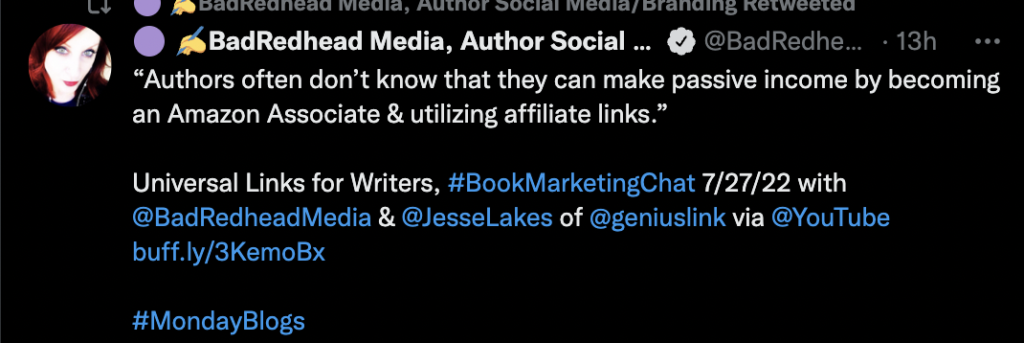
Twitter is a really powerful social media platform for authors to build and retain their following.
While it’s going through some major changes now, don’t discount how useful of a tool it can be. There are a few different ways you can leverage Twitter to reach your audience:
- Tweet to your timeline and build an audience
- Private Group Chats
- Twitter Spaces (Social Audio)
Facebook for Authors
There are two main ways that you can leverage Facebook as an author:
Your Facebook Author Page and Facebook Ads.
Facebook Author pages are a great tool to engage and build your following on Facebook. From your author page, you can promote your books or simply share what you’re up to that day.
A Facebook Author page is necessary for you to run Facebook Ads and gain access to Meta’s business suite. While Facebook Ads can get expensive, the platform can be one of the most powerful ways to sell more books.
Amazon Author Page
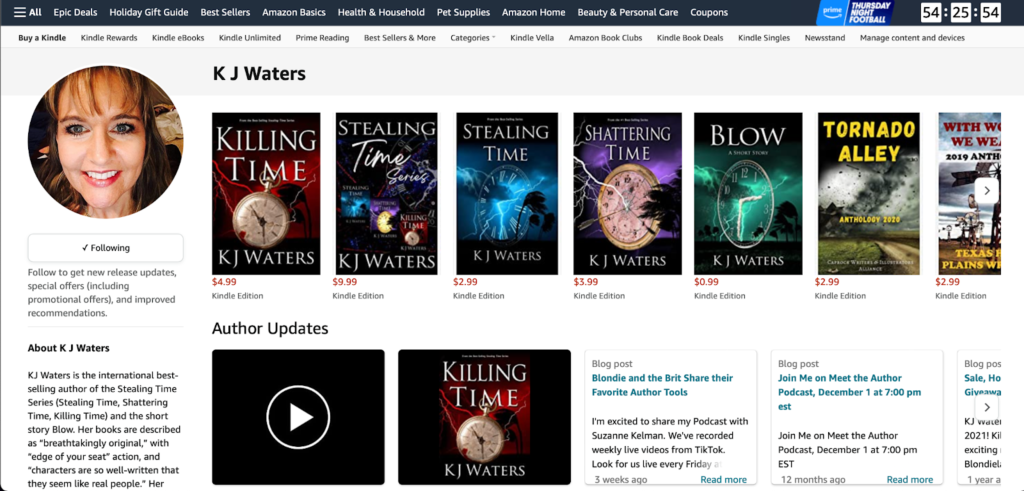
While Amazon Author Central isn’t necessarily a social media account, it provides a variety of tools for authors to manage their Amazon presence.
Amazon Author pages allow authors to claim and place all of their books on one page, and share status updates in the form of blog posts, images, videos, and editorial reviews.
Tiktok for Authors
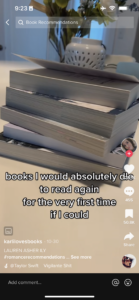
TikTok is one of the newest social media platforms, but it certainly can’t be ignored.
The author and writer community is thriving on the platform under the #booktok hashtag. Under this hashtag, authors tease and share their books with creative short-form videos.
Ads for Authors
Many authors shy away from the idea of spending money on ad campaigns. They prefer to do all of their marketing for “free.” This mindset will seriously limit your potential as an author.
Running ads isn’t something that every author should do, but if you do decide to dedicate the time and money towards it, you can find great success.
By targeting readers with certain interests or demographics, you can reach audiences you wouldn’t have been able to otherwise.
The best ad platforms for authors to run ads on are Amazon, Facebook, Bookbub, and Google Search. Other platforms worth looking into are Pinterest, TikTok, and Twitter.
If you’re new to running ads, set small ad spend maximums to avoid spending too much before you’ve learned what to do.
Stay tuned for our guides on:
- Facebook Ads for Authors
- Twitter Ads for Authors
- Bookbub Ads for Authors
- Google Search Ads for Authors
- Pinterest Ads for Authors
Author Events
Author events are an incredible way to get the word out about your books.
Most recently, the Booklinker team attended the 20Books conference and writer meetup in Las Vegas, where we met and networked with thousands of authors who all had their own stories to share.
There are also tons of virtual online writer and author communities where you can network with other likeminded authors.
These events are perfect for authors to spread the word and sell their books.
Appearing On Podcasts

If done correctly, making appearances on popular author podcasts is a great way to share your story and books at scale.
Getting accepted onto these podcasts can be tricky, but with the right pitch and outreach strategy, you should be able to land a few.
We’ll be sharing our list of the best author podcasts shortly.

Introducing:
Booklinker Collections
One landing page for all your books. 100% free.
One link for easy sharing of your books across your backmatter, websites, emails, and social media.
Step 3: Optimizing Your Book’s Online Presence
Picking the Title
Picking the right title for your book is not an easy task. An optimal title should draw a potential reader’s curiosity, stand out from the crowd, and be closely related to your story.
Having fellow authors buddies to bounce title ideas off of can be helpful.
Reedsy has a book title generator that might help you get something to work with.
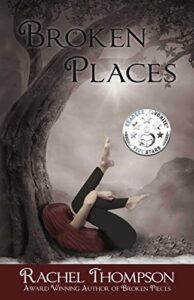
Picking a Subtitle
Subtitles are somewhat controversial in the author world. Some authors swear by them, and others can’t stand them. If you’re going to use a subtitle, keep it to just 3-5 words maximum.
Designing an Eye-Catching Book Cover
When it comes to designing a book cover, the main things you want to keep in mind are basic color theory, and understanding how our eyes and brain interpret colors and imagery.
Browsing some best sellers in your genre on Amazon and seeing what speaks to you is a great starting point.
Lastly, don’t try to tell your entire book’s story with a book cover. Instead, just display some key elements that draw the eye in and invoke curiosity.

Writing a High-Converting Book Description
A book’s description plays a key role in converting potential readers into sales.
A formula that has worked for many authors is:
- The Hook – A question that attempts to get the reader or potential purchaser to relate to it or just start thinking.
- Follow-Up Blurb – A testimonial blurb adding credibility and social proof.
- Book Description – A few paragraphs about the book hinting at the plot and revealing the protagonist.
Consider adding:
- Book & Author Comparisons – Compare your book to similar authors and books
- Author Credentials – Tell the reader why you’re qualified to write this book and give them advice
- The “Why” – What’s so special about this book compared to others?
Lastly, finish with a strong call to action instructing the reader to buy your book to find out more. If you’d like to learn more about high-converting Amazon book descriptions read our full guide.
Picking a Book Price
Picking the price for your book can be a tricky task but plays a key role in your book marketing success.
There are a few different ways you can go about doing it. The main things that will affect a book’s price are:
- Genre
- Book Length
- Author Fame Level
The best way to figure out the price for your book is by studying the market. Search your genre on Amazon, and see what the top five books in the genre are selling for. This is a great starting point.
Price Promotions
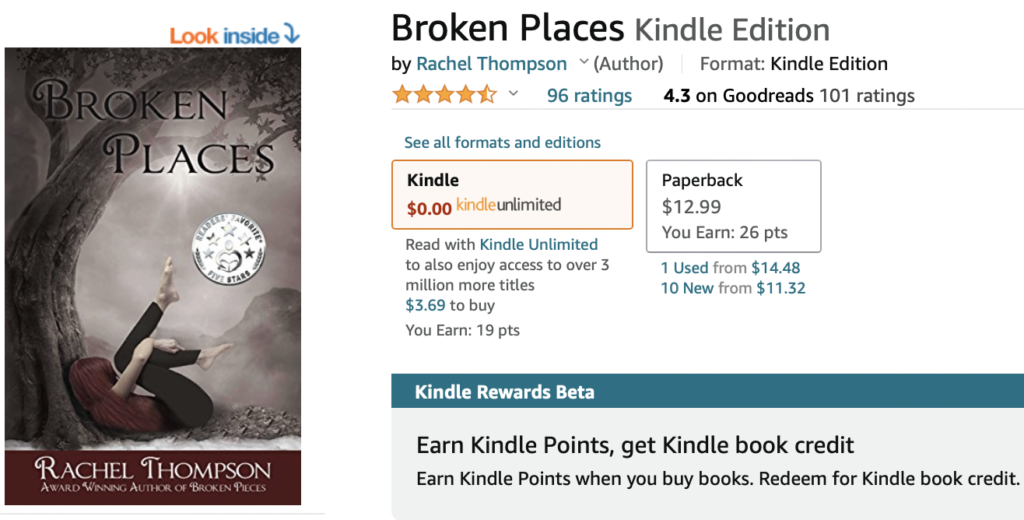
Price promotions are a viable method for bringing on new readers that you wouldn’t have otherwise. Amazon allows you to do KDP Select, or Kindle Countdown deals.
KDP Select forces you to make your ebook “free”, keeping it exclusive to Amazon, in exchange for being added to Kindle Unlimited, a subscription program that Amazon has for its readers.
For the number of pages read. You can learn more about the payment structure here.
Kindle Countdown is another promotion used by Amazon to increase sales for their authors.
With Kindle Countdown, at certain times your book will appear discounted, but still credit the author the same royalty rate. Learn more here.
Getting Book Reviews
Book reviews are key for authors in order to establish credibility, and rank higher on online bookstore search algorithms.
There’s absolutely no reason to try and game the systems and generate fraudulent book reviews. It may work in the short term, but as authors, we want to try to build long-term success.
Some strategies that you can try to gain more book reviews are:
- Interacting with book bloggers (We have a list for you here)
- Sharing the first chapter of your book in exchange for a spot in a newsletter
- Find Beta Readers and ARC Readers
- Facebook Groups and DM Groups
Amazon has strict rules to prevent authors from “trading” reviews. So while it may be tempting to give your friend a 5-star review in exchange for them doing the same, you risk Amazon pulling your book from the store if they find out.
One thing to note about Amazon is that for a review to be valid, the account must have spent $50 in a calendar year on Amazon.
To learn more about getting extra reviews for your book, we’ll be releasing a guide on book reviews in the coming weeks.
Going Wide
One of the major choices authors are left to decide when selling their book is whether or not they should “go wide.”
For those who don’t know, going wide means listing your book on other platforms besides Amazon, such as Barnes and Noble, Apple Books, Kobo, and more.
Booklinker makes it easy for authors to go wide by generating choice pages with all of the different online retailers your book are listed on.
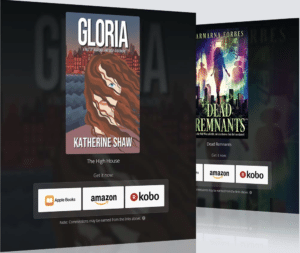
Selling your book directly from your personal site can be an option for authors who have a large amount of trust in their audience, but is not super common in the industry.
Conclusion
This guide should have given you a much better idea of where to start or pick up when it comes to your book marketing strategy.
If you’d like to deep dive into any of the specific tactics we mention in this post, click the available links in order to read a more complete guide on that topic.
As time goes on, we’ll continue to release more full in-depth guides.
Are there any areas of book marketing that you are struggling with currently?
Let us know in the comments!
Author
-
Rachel Thompson is the author of eight books, including the Broken Series. Rachel founded BadRedhead Media in 2011, creating effective social media and book marketing campaigns for authors. Her articles appear regularly in The Huffington Post, IndieReader, FeminineCollective, BookMachine, BookWorks, and is a popular writer on several top publications on Medium.
https://badredheadmedia.com

